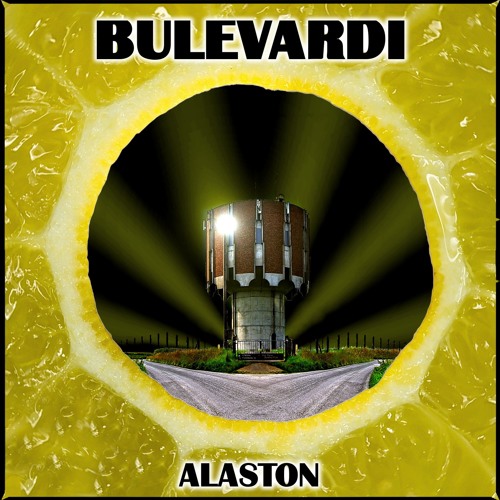vintagesnaps
Been spending a lot of time on here!
- Joined
- Jan 13, 2013
- Messages
- 9,119
- Reaction score
- 3,109
- Location
- US
- Can others edit my Photos
- Photos NOT OK to edit
Here's what I don't get - I realize the OP was asking about what people use to post process, but why not just frame differently to keep that pole out of the picture? Or change the vantage point of the winter scene so the bird house was not in view? Why not adjust the vantage point before releasing the shutter?
Even with the pole out of the frame there will still be power lines going to the building (and are some to the right), but it doesn't make sense to NOT have any to the left since a house/building would be connected to electricity (unless it was long abandoned or a cabin in the woods etc.).
It just seems like there could've been relatively quick adjustments when framing the photo. I can understand adjusting the color, or contrast, etc. to enhance the warm tone. I guess it was done for the purpose of being a tutorial, it just seems to be making unnecessary work to do this in real life when it would've been possible to adjust the vantage point at the time.
Even with the pole out of the frame there will still be power lines going to the building (and are some to the right), but it doesn't make sense to NOT have any to the left since a house/building would be connected to electricity (unless it was long abandoned or a cabin in the woods etc.).
It just seems like there could've been relatively quick adjustments when framing the photo. I can understand adjusting the color, or contrast, etc. to enhance the warm tone. I guess it was done for the purpose of being a tutorial, it just seems to be making unnecessary work to do this in real life when it would've been possible to adjust the vantage point at the time.





![[No title]](/data/xfmg/thumbnail/37/37112-9474bbad05f760cbef79df3379b23509.jpg?1734169831)

![[No title]](/data/xfmg/thumbnail/37/37113-886cb28b1e3fb197bdd00a9148269407.jpg?1734169831)
